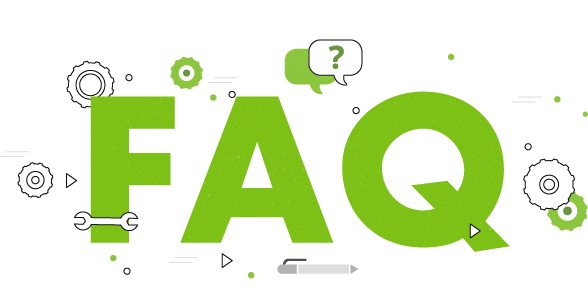
Cloud
What is a Cloud server?
Cloud servers are available through a cloud computing platform over the Internet. This service is provided by Cloud Service Providers who enable the renting of virtual servers and follows an Infrastructure as a Service (IaaS) model. The virtual servers can be accessed remotely and provides the same abilities of an on-premise server. The size and number of servers available helps in storing and processing large volumes of information. It also enables the automated services on demand through a Cloud API (Application Programming Interface). Cloud servers can be rented on monthly or pay-as-you-go options.
What are the benefits of using the Cloud?
Moving to the Cloud has several advantages besides being cost efficient. It is extremely reliable due to the number of servers that ensure continuous availability and helps against failures with quick uptime along with strong disaster recovery readiness. Customers needs vary for resource usage as well as during peak and off-peak business requirements. The Cloud offers scalability as well as flexibility for resource management and usage. Security is strengthened within a Hosted Cloud as Cloud Service Providers have the infrastructure as well as skills to tackle the advanced security requirements in today’s IT environment, and also supporting compliance needs. It also provisions for mobility with inter-connected devices and helps employees work while on the move.
How to choose a Cloud Services Provider?
It is important to choose a Cloud Service Provider that meets with the business objectives while moving to the Cloud. Clients need to evaluate the choices available and focus on a few key points when contracting their services. Data and information is paramount and therefore the security provided must play a significant role. Strong Service Level Agreements must be created to ensure that the terms and conditions are followed and provides guidelines for task and responsibilities for both parties. Another important factor is the support that is provided and should preferably be a 24X7 service offering.
How to choose a Cloud Services Provider?
It is important to choose a Cloud Service Provider that meets with the business objectives while moving to the Cloud. Clients need to evaluate the choices available and focus on a few key points when contracting their services. Data and information is paramount and therefore the security provided must play a significant role. Strong Service Level Agreements must be created to ensure that the terms and conditions are followed and provides guidelines for task and responsibilities for both parties. Another important factor is the support that is provided and should preferably be a 24X7 service offering.
Cyber Security and Cyber Defense Center
What is Cyber Security?
Why is it important to have Cyber Security?
What is a Cyber Security attack?
What is a Security Operations Center?
In-house VS Outsource SOC
Data Center
What is a Data Center?
What does a Data Center consist of?
What is a T3 Data Center?
What are the benefits of hosting with a local Data Center provider?
Disaster Recovery and Business Continuity
What is RTO and RPO?
What should be included in a Disaster Recovery plan?
What is a Disaster Recovery site? What is a hot site and cold site?
What are the benefits of hosting with a local Data Center provider?
Why do you need a Disaster Recovery plan?
What is system uptime and downtime?
What are Business Continuity seats?
Managed Security
What is Managed Security?
What does a Managed Security Services Provider do?
What are common security risks?
What is a SIEM?
What is Real Time Threat Monitoring?
Managed Services
What are Managed Services?
The increasing use of Cloud services now broadens the Managed Services portfolio which can be broken up into several compartments including Monitoring, Managed Hosting Solutions, Managed Security, Managed Disaster Recovery, Storage & Back-up, Server & Application Management, etc. While they can be outsourced individually, they can also be clubbed together to address various customer pain points.
What is a Managed Services Provider?
Technology is moving at a fast pace with advancements also taking place at an equal level. Many organizations are not equipped internally, both from a skill-set as well as up-to-date hardware and software requirements. This is paving the way for most companies to contract some of the IT needs to a dedicated Managed Services Provider to look into the day to day aspects of their IT infrastructure on a 24/7 basis.
Mostly contracted in a ‘pay-as-you-go’ OPEX model and tight Service Level Agreements (SLAs), it tackles the predictable costs and helps organizations reap the benefits of cost reduction in terms of human capacity as well as technology investments. The expertise, adherence to compliance requirements, best-in-class technology, minimized downtime provided to Managed Service customers offers higher efficiencies to accomplish improved business processes and enables future business growth.
